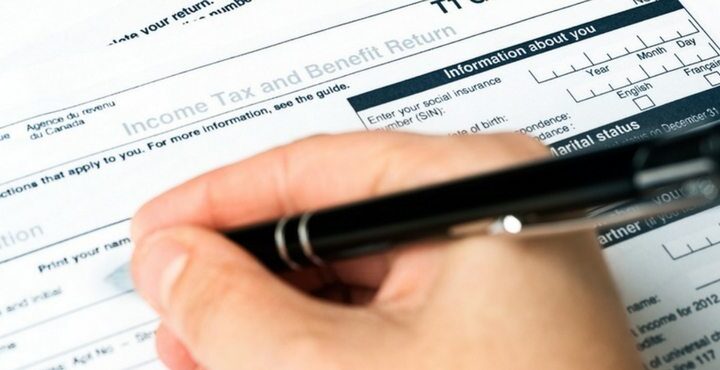Common USA Tax Forms Explained & How to Enter Them on Your Canadian Tax Return
TurboTax Canada
January 24, 2025 | 3 Min Read
Updated for tax year 2025

Confused about how to handle U.S. tax forms on your Canadian tax return? This guide explains the common U.S. tax forms and provides clear instructions on how to enter them correctly. Before we begin, you will need to determine your residency status, as reporting foreign income on a Canadian tax return is based on your residency status within Canada. If you are a non-resident of Canada, you pay tax on income you receive from sources in Canada only. So, a US tax form would not need to be included in your Canadian tax return.
As a Canadian resident, owning foreign stocks that issue dividends, or earning income from a country outside of Canada, means you will need to declare this as foreign income on your Canadian Tax Return (T1). Canada has a tax treaty with the USA as well as other countries, to avoid double taxation. So, if you also paid foreign taxes, you may in turn receive a Foreign Tax Credit.
Here is a list of some of the most common forms asked about:
Key Takeaways
- Canadian residents must declare foreign income, such as dividends and interest from foreign stocks, while non-residents are only taxed on Canadian income.
- US tax forms like the 1099 series must be reported as foreign income on the Canadian T1 form. The 1042-S form corresponds to the Canadian T4A slip, and the W2 form corresponds to the Canadian T4 slip.
- Canada has tax treaties with countries like the USA to avoid double taxation. Foreign taxes paid can be reported on line 40500 of the Canadian tax return for a foreign tax credit. All foreign income must be converted to Canadian dollars using the appropriate exchange rate for the year.
1099 Series Forms
1042-S Form – Foreign Person’s U.S. Source Income Subject to Withholding
Canadian Equivalent T4A Slip.
The 1042-S form is issued to non-residents of the United States that have earned a form of US income. Some of the income categories that get reported on a 1042-S include; Interest, Corporate distributions, Royalties, Pension distributions, Lottery winnings, Insurance proceeds, and even Student scholarships.
To learn more about the 1042-S form, click here.
W2 Form – Wage & Tax Statement
Canadian Equivalent T4 slip.
W2 forms are issued to anyone that earns US employment income. Canadian residents should enter this as a foreign slip, indicating foreign employment income from the W2 box 1, which will report to line 10400.
W2 box 4 Social Insurance tax withheld, Box 6 Medicare tax withheld, along with any final Federal and State taxes paid on your US tax return can be entered as foreign taxes paid into your tax return and the amount will carry to line 40500.
Ensure you specify the source country and enter the exchange rate so the amounts can be converted into Canadian dollars.
Example: In 2022 the average US foreign exchange rate was 1.3013. So if your 2022 slip shows $500.00 US dollars it would convert to $650.65 Canadian dollars.
You may want to apply a “note” to each slip as well to be able to easily identify each slip if needed later.
Related Topics
Related articles

© 1997-2024 Intuit, Inc. All rights reserved. Intuit, QuickBooks, QB, TurboTax, Profile, and Mint are registered trademarks of Intuit Inc. Terms and conditions, features, support, pricing, and service options subject to change without notice.
Copyright © Intuit Canada ULC, 2024. All rights reserved.
The views expressed on this site are intended to provide generalized financial information designed to educate a broad segment of the public; it does not give personalized tax, investment, legal, or other business and professional advice. Before taking any action, you should always seek the assistance of a professional who knows your particular situation for advice on taxes, your investments, the law, or any other business and professional matters that affect you and/or your business.









